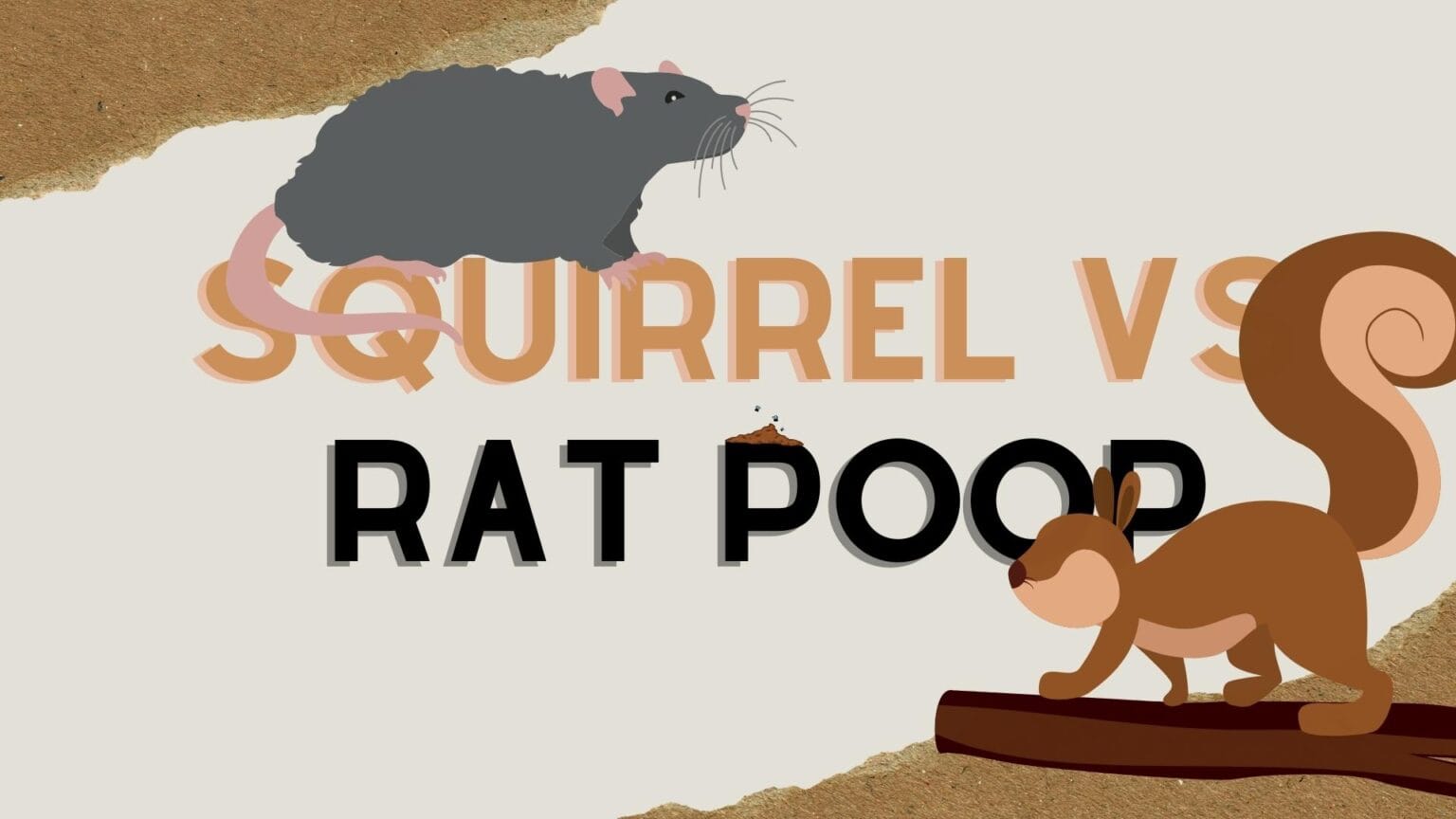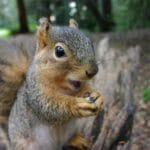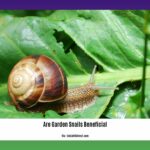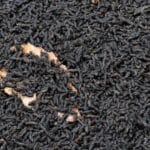Found mysterious droppings in your home or garden? This guide helps you determine if they belong to squirrels or rats. Accurate identification is crucial for effective pest control, so let’s become dropping detectives!
Spotting the Difference: A Practical Guide
Identifying rodent droppings can be tricky. Both squirrel and rat droppings are similar in length, making size alone unreliable. This guide utilizes a multi-faceted approach, incorporating shape, texture, color, location, and other clues.
Shape and Texture: Telltale Clues
The shape and texture of the droppings offer the most reliable clues:
Squirrel Droppings: Cylindrical with rounded edges, often resembling tiny, dark brown Tootsie Rolls or raisins. Their texture is rough, crumbly, and may contain visible fragments of nuts, seeds, or other food remnants. Imagine a miniature, irregular granola bar.
Rat Droppings: Cylindrical, smooth, and tapered, resembling dark grains of rice with pointed tips. Their texture is smooth, firm, and uniform, lacking the crumbly nature of squirrel droppings. Think of a polished, dark brown grain.
Color: A Helpful but Shifting Clue
Color can provide hints, but remember it changes over time:
Squirrel Droppings: Fresh droppings are typically a dark reddish-brown, like milk chocolate. As they age, they lighten to a dull, light brown.
Rat Droppings: Fresh droppings are dark brown to black, sometimes appearing shiny. They also lighten with age but generally remain darker than aged squirrel droppings. Think of a very dark brown or black grain of rice.
Location: Context is Key
Where you find the droppings provides valuable context:
Squirrel Droppings: Typically found near trees, in attics, gardens, flowerbeds, and areas where they store food, such as buried nuts or stashed seeds.
Rat Droppings: Often found in concealed, indoor spaces like basements, wall voids, under appliances, near food packaging in pantries, and other hidden areas where they seek shelter and forage.
Size: A Misleading Measurement
Dropping size can be deceiving:
- Both: Squirrel and rat droppings are often between 1/2 and 3/4 of an inch long and roughly 1/8 to 1/4 of an inch thick. This overlap makes size an unreliable differentiator. Focusing on the other characteristics is essential.
Putting it All Together
Combine all observations for the most accurate identification. If you’re still unsure, consult a pest control professional. Accurate identification is critical for targeted pest management.
Beyond the Basics: Additional Clues & Insights
Quantity and Distribution: Gauging Infestation Severity
The number and distribution of droppings can suggest the infestation’s severity. A few scattered droppings likely indicate occasional visits, while a large pile or concentrated area suggests a more established infestation. This applies to both squirrels and rats.
Dropping Freshness: Pinpointing Recent Activity
Fresher droppings are darker, softer, and may have a sheen. Older droppings are harder, drier, and lighter. This helps pinpoint areas of active infestation, guiding your pest control efforts.
Other Signs: Confirming Your Suspicions
Consider these additional clues:
- Sounds: Squirrels are active during the day. Hearing scurrying or rustling in your attic during daylight hours likely suggests squirrels. Rats are nocturnal, making noise primarily at night.
- Gnaw Marks: Squirrels leave clean, chisel-like marks. Rat gnawing is rougher and more irregular.
- Nesting Materials: Squirrels use leaves, twigs, and other natural materials for nests. Rats often use shredded paper, fabric, or insulation.
Prevention: Keeping Rodents Out
Preventing infestations is crucial:
- Seal Entry Points: Close any gaps or cracks in your home’s exterior, including around pipes and vents.
- Remove Food Sources: Store food in airtight containers, clean up spills promptly, and don’t leave pet food out overnight.
- Maintain a Clean Home: Regularly clean and declutter to eliminate potential nesting sites.
- Yard Maintenance: Trim trees and shrubs away from your house to limit squirrel access.
This guide provides a comprehensive overview of squirrel and rat dropping identification. By understanding these key differences, you can take appropriate action to address any rodent issues effectively and safely. Remember, if you’re unsure or suspect a significant infestation, consult a pest control professional for expert assistance. They can accurately identify the rodent and recommend the best course of action.
| Feature | Squirrel Droppings | Rat Droppings |
|---|---|---|
| Shape | Cylindrical, rounded ends | Cylindrical, tapered, pointed ends |
| Size | ~1/2″ – 3/4″ long, ~1/8″-1/4″ thick | ~1/2″ – 3/4″ long, ~1/8″-1/4″ thick |
| Color (Fresh) | Dark reddish-brown | Dark brown to black |
| Color (Aged) | Light brown | Darker brown |
| Texture | Rough, crumbly, may contain fragments | Smooth, firm |
| Typical Location | Trees, attics, gardens | Basements, wall voids, pantries |
- China II Review: Delicious Food & Speedy Service - April 17, 2025
- Understand Virginia’s Flag: History & Debate - April 17, 2025
- Explore Long Island’s Map: Unique Regions & Insights - April 17, 2025
















